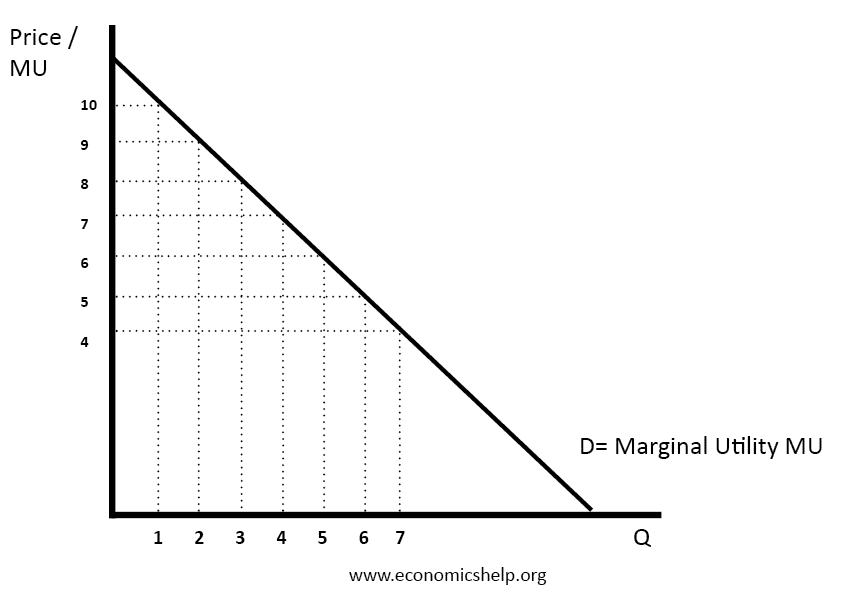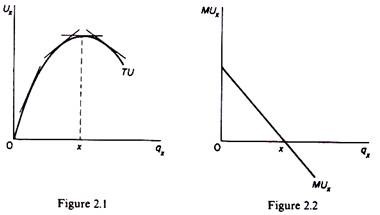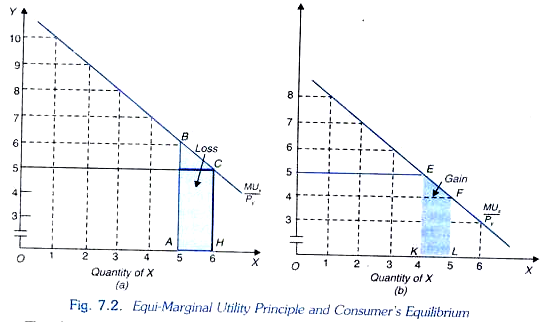Cardinal Utility Approach Was Developed By
Economists have developed the concept of cardinal utility to deal with the measurement issue of utility. The Cardinal Utility approach is propounded by neo-classical economists who believe that utility is measurable and the customer can express his satisfaction in cardinal or quantitative numbers such as 123 and so on.

Cardinal And Ordinal Utility Economics Help
62The concept of utility was introduced by aMarshall b Hicks and allen c Geremy Bentham d Gossen 63Cardinal utility analysis to consumer equilibrium was developed by aMarshall b Hicks and Allen c Geremy Bentham d Gossen 64Ordinal utility analysis is otherwise known as.

Cardinal utility approach was developed by. The indifference curve approach was originally developed by an Italian economists Vilfredo Pareto who was the first economist to draw the indifference curve. According to the Cardinalist school the utility which is derived from the consumption of a good is a function of the quantity of that good alone. It is based on the ordinal measurement of utility or satisfaction.
Stigum BP Wenstøp F. The neo-classical economist developed the theory of consumption based on the assumption that. 1 2 3 and so on.
Allen in the year 1928. This approach states that utility cannot be measured in definite numbers. It is called the indifference curve analysis of ordinal utility analysis.
This assumption is necessary if the monetary unit is used as the measure of utility. The assumption is that it is possible to place numerical values on utility an assumption that may seem questionable. Cardinal theory of utility analysis was developed by neo-classical economists.
The latter assumes that the differences between preferences are also important. It was initially developed by HH. Jeremy Bentham talked about utility as maximizing pleasure and minimizing pain.
Ordinal utility contrasts with cardinal utility theory. This theory was developed by neo-classical economists like Marshall Pigou Robertson etc. This approach was developed by Alfred Marshall.
The utility of each commodity is measurable. If does not depend at all upon the quantity consumed of other goods. Gossen and further developed by the leader of neoclassical economics Alfred Marshall.
In u the difference between A and B is much smaller than between B and C while in v the opposite is true. I That there is only one commodity which a person will buy at one time. Later it was developed by JR.
Concept Of Cardinal Utility Analysis. And they measure this satisfaction or utility in utils. The utility is measured by the monetary units that the consumer is prepared to pay for another unit of the commodity.
1 2 3 and so on. Cardinal utility analysis to consumer equilibrium was developed by a Marshall b Hicks and Allen c Geremy Bentham d Gossen 3. Constant Marginal Utility of Money.
These economist are the of view that it is wrong to base the theory of consumption on two assumptions. Jevons 1835-1882 was the first economist who introduced the concept of utility in economics. The consumption theory is based on the notion that consumer aims at maximizing his utility and thus all his actions and doings are directed towards the utility maximization.
Cardinal utility analysis is the oldest theory of demand which provides an explanation of consumers demand for a product and derives the law of demand which establishes an inverse relationship between price and quantity demanded of a product. Theory and Decision Library An International Series in the Philosophy and Methodology of the Social and Behavioral Sciences vol 37. Ordinal utility analysis is otherwise known as a Gossens second law b Cardinality approach c Indifference curve analysis d Rationality approach 4.
It is assumed that one util is equal to one unit of money and there is the constant utility of money. 1983 Cardinal Utility and Decision Making under Uncertainty. According to this approach utility can be measured and compared.
The traditional economists developed the theory of consumption based on cardinal measurement of utility for which they coined the term Utilexpands to Units. Definition of Cardinal Utility The notion of Cardinal utility was formulated by Neo-classical economists who hold that utility is measurable and can be expressed quantitatively or cardinally ie. Hence u and v are not cardinally equivalent.
Cardinal theory of utility is also known as marginal utility analysis. This approach was developed by JR Hicks RGD Allen. The goods we can say possess independent utilities and are additive.
The most convenient measure is money. According to him utility is the basis on which the demand of an individual for a commodity depends Utility is defined as the power of a. The traditional economists developed the theory of consumption based on cardinal measurement of utility for which they coined the term Util expands to Units of utility.
The ordinal utility concept was first introduced by Pareto in 1906. It is expressed as a quantity measured in hypothetical units which called utils. Subsequently it was fully developed by the British economists JR Hicks and RGD Allen.
It measures the utility like liters meters kgs. The cardinal utility theory or approach was proposed by classical economists Gossen Germany William Stanley Jevons England Leon Walras France and Karl Menger Austria. The notion of Cardinal utility was formulated by Neo-classical economists who hold that utility is measurable and can be expressed quantitatively or cardinally ie.
According to this approach utility is cannot be measured but can be compared. The traditional economists developed the theory of consumption based on cardinal measurement of utility for which they coined the term Util expands to Units of utility. Utility is a cardinal concept.
Eds Foundations of Utility and Risk Theory with Applications. Cardinal utility is an important concept in utilitarianism and neo-classical economics. Cardinal utility analysis is based on the cardinal measurement of utility which assumes that utility is measurable and additive.
William Stanley Jevons Leon Walrus Carl Menger and perfected by Alfred Marshall in the 19 th century. The approach was developed by J. The Cardinal utility approach believes that utility can be measured and compared to each other in terms of mathematical numbers like 1 2 3 n.
Ordinal utility analysis Was developed by a JRHicks RJD. Cardinal Utility explains that the satisfaction level after consuming a good or service can be scaled in terms of countable numbers.

The Cardinal Utility Theory Explained With Diagram

Assumptions Of Cardinal Utility In 2021 Economics Notes Confidence Quotes Success Business And Economics

Cardinal And Ordinal Utility Gp

Nature Of Economics As A Science As An Art Geektonight What Is Economics Economics Economics Definition

Cardinal Utility And Ordinal Utility

Cardinal And Ordinal Utility In 2021 Cardinal Indifference Curve Business And Economics

Cardinal And Ordinal Utility Economics Help

Pin By Learncbse Ncert Solutions On Ncert Solution Class 10 Micro Economics Solutions Economics

The Cardinal Utility Theory Explained With Diagram

Important Notes For Class 12 Economics Consumers Equilibrium Economics Notes Economics Economics Online

Ma Economics Mathematical Economics Note In 2021 Economics Notes Economics Lessons Teaching Economics

Consumer S Behaviour Cardinal Utility Analysis Explained With Diagram



Post a Comment for "Cardinal Utility Approach Was Developed By"